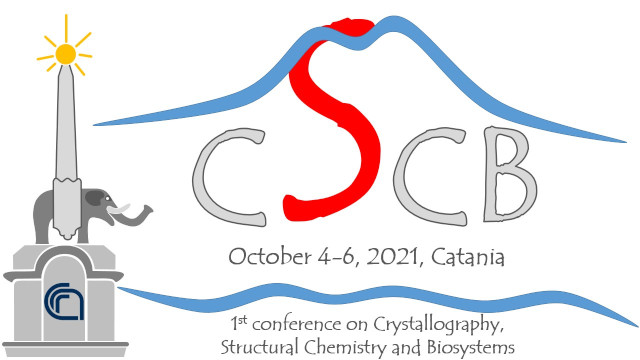Speaker
Description
A great challenge in cancer therapy is the selective delivery of anti cancer agents or radiotherapeutic to tumour cells reducing the side effects on normal cells. To further improve delivery efficiency and cancer specificity, great efforts have been dedicated to the development of effective systems that can actively target tumours through the molecular recognition of unique cancer-specific “markers” that are overexpressed in the cancerous tissues.
The use of peptides as targeting tools has been validated in a number of applications. Examples are radio-labelled peptides used to deliver radio-therapeutic doses to cancer tissues. In this case a cytotoxic entity, such as a radionuclide or a chemotherapeutic drug is driven by the peptide to the transformed cells with a higher efficacy than to normal cells. Typically such conjugates, at lower doses, have useful applications for diagnostic applications whereby they are used to visualize even small lesions due to the overexpression of tumour genes.
In this lecture, we will present our most recent results on a project that aim at the rational design of targeting peptidomimetic ligands to specific tumour receptors. More specifically, the design of novel anticancer drugs and/or new class of diagnostic non invasive tracers as suitable tools forv3 -targeted therapy and imaging. Since integrins are involved in the regulation of physiological processes, as well as in pathological ones, the development of integrin subtype-selective antagonists is highly desirable. Integrins v3 and 51, key mediators of cell adhesion, differentiation, proliferation, angiogenesis and tumor growth, have been considered very promising targets for theranostic application. Due to the similarity of the RGD binding regions in these integrins, the development of small synthetic molecules with high activity and selectivity for the different subtypes is a tricky goal to pursue. In the last decade, we designed and characterized the chimeric molecule RGDechi, a peptide selective for v31. We demonstrated anti-adhesive and proapoptotic effects on tumor cells and antiangiogenic activity in vivo2-4. In addition, SPECT and PET imaging studies with 111In and 18F-labelled RGDechi in a xenograft model confirmed the ability of peptide to selectively visualize this integrin. Recently, NMR and computational analyses on cell membranes allowed a detailed understanding of v3/RGDechi recognition mechanism5. Herein we have investigated the capability of the peptide to bind 51 integrin and characterized the molecular determinants governing this interaction through a combined experimental and computational approach.
The detailed comparison of RGDechi/51 structural model with that, previously, determined of RGDechi in complex with v3 has shown how the chimeric nature of the peptide renders the molecule an important scaffold to recognize integrins with different recognition modalities, providing insight on the structural requirements needed to design novel peptides selective for 51 to use in theranostics6.
References
1. Del Gatto, A. et al. J Med Chem., 2006, 49, 3416-3420
2. Zannetti, A. et al. Clin Cancer Res., 2009 15, 5224-5233
3. Santulli, G. et al. J Transl Med., 2011, 9, 7
4. Pisano, M. et al. Anticancer Res., 2013, 33, 871-879.
5. Farina B, et al. Chemistry, 2016, 22, 681-693.
6. Farina B, et al. J Pept Sci, 2019, 18:e3166.

